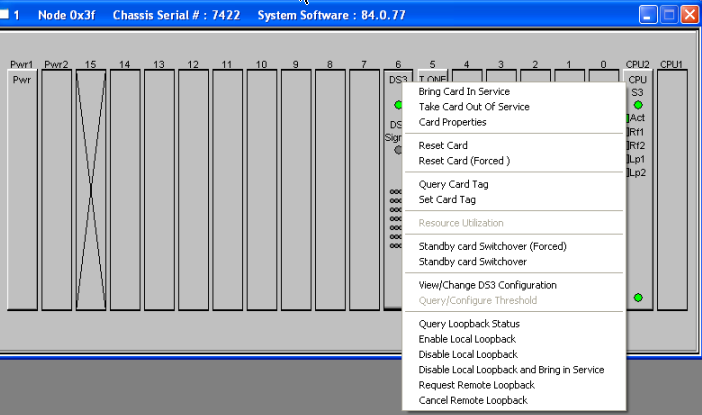

The labs release code will function on earlier versions of Windows (e.g. Note the use of the sysbench –mysql-dry-run=off command line option in steps 3 and 4 above: this is mandatory as the default value of the mysql-dry-run option is “on”, which would prevent communication between sysbench and MySQL.


I chose to enable the loopback fast path feature on the client side for this Labs release by default to avoid having to modify all of the connectors/client code to take advantage of it. Both the server and client sides of the TCP socket must request the loopback fast path behaviour in order for it to take effect. Using the Labs release version of libmysql.dll with sysbench is necessary as the Labs release code makes the client (sysbench) side of the TCP socket request the loopback fast path by default, whereas the server code’s TCP socket loopback behaviour is controlled by the loopback_fast_path system variable.
Loopback option 64 Bit#
Note that you’ll need to build/use a 64 bit version of sysbench to link successfully with the libmysql.lib import library in this Labs release of MySQL.

The version of sysbench on the 0.4 branch can be used on Windows to test this labs version of MySQL server. This Labs release introduces a new Boolean system variable - loopback_fast_path - that is examined at MySQL server startup to determine whether or not to enable the loopback fast path.ĭetails for reproducing the results shown above:
Loopback option Patch#
In other scenarios, the impact may well be lower.Ī 64 bit Windows build of MySQL 5.7.8-RC with a patch to enable the loopback fast path is available as a Labs release at - select the “MySQL Loopback Fast Path” build. In the example shown above, the InnoDB Buffer Pool is large relative to the size of the table used by the sysbench queries, and the queries themselves are relatively simple, thus the performance benefit of the loopback fast path is highlighted and significant. Note that the performance benefit will be most apparent when the network communication overhead is relatively high compared to the file IO and processing overhead that MySQL incurs when handling requests. When would you want to use the loopback fast path? From the results above, it would seem reasonable to enable it by default, and only turn it off if you find a reason to do so (for example, if you had a particular requirement to exercise those parts of the network stack that the loopback fast path bypasses). In the results shown above the average increase in TPS when using the loopback fast path is 67% when using 16 or more concurrent threads, with a maximum increase of 86% when using 512 concurrent threads. The upper black trace in the above plot is the result with the loopback fast path enabled, and the lower red trace is the result without loopback fast path. The results above were obtained on a 24 core machine running Windows Server 2012 R2, and show the average Transactions Per Second (TPS) values measured by Sysbench for the OLTP read/write test at a variety of thread counts. The performance impact of the loopback fast path result is even more significant with this version of MySQL:Ĭomparing loopback fast path with default TCP connection performance I have recently repeated this experiment, patching the most recent development release MySQL 5.7.8-RC to add support for enabling the TCP loopback fast path. Those results showed a modest increase in performance. In an earlier post- Improving the performance of MySQL on Windows-I showed some results comparing the performance of MySQL 5.6.24 running the Sysbench OLTP RW test using standard TCP connections with TCP loopback fast path based connections. This new feature is intended to improved the performance of “standalone” TCP client/server systems where both the client and server are on the same Windows machine.
Loopback option windows 8#
In Windows 8 and Windows server 2012, Microsoft introduced a new “TCP Loopback fast path” feature (see the Microsoft Technet article: Fast TCP Loopback Performance and Low Latency with Windows Server 2012 TCP Loopback Fast Path).


 0 kommentar(er)
0 kommentar(er)
